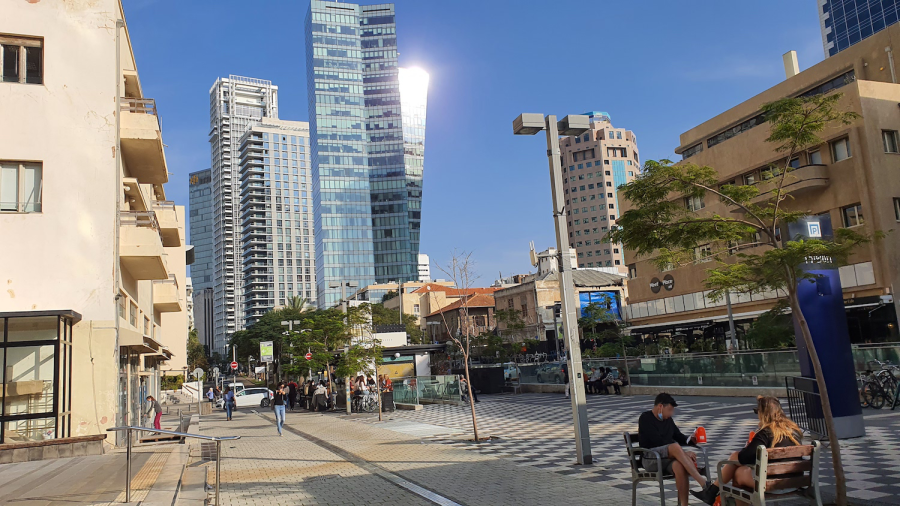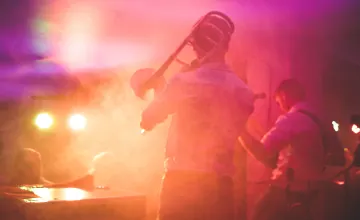Tel Aviv is a great winter destination!
main travel guideTel Aviv is a great winter destination! In addition to wonderful Mediterranean beaches, there are plenty of attractions to enjoy in Tel Aviv, such as ancient archaeological sites, breathtaking views, bustling nightlife, fantastic shopping and dining options, and great historical and cultural experiences. Tel Aviv also offers a variety of special events and festivals throughout the winter months, which makes it an ideal destination for winter visitors.
While enjoying the city, many people wear short sleeve shirts, even during December. During the winter months, Tel Aviv experiences an average of 8-12 sunny days. Further, in Tel Aviv, the sun is particularly strong, so getting a good dose of vitamin D is always a plus!








